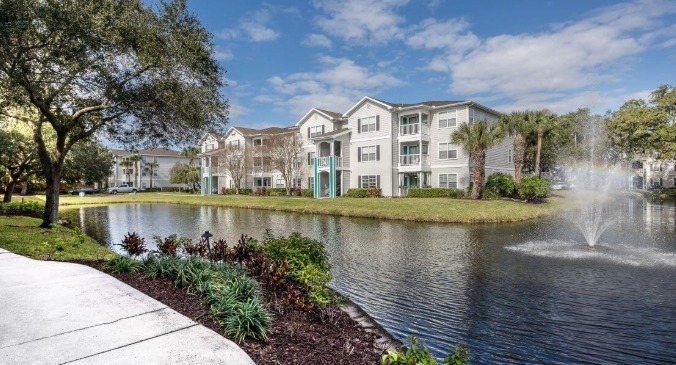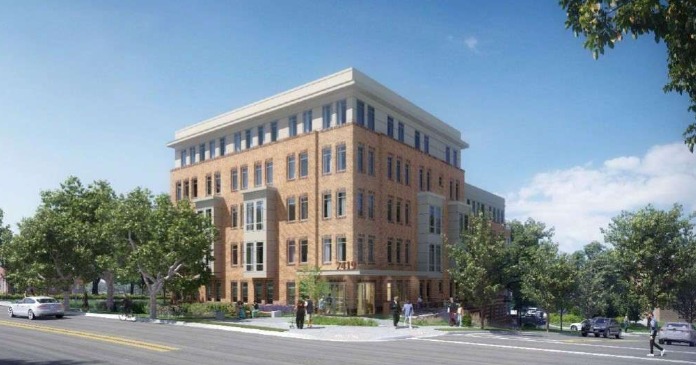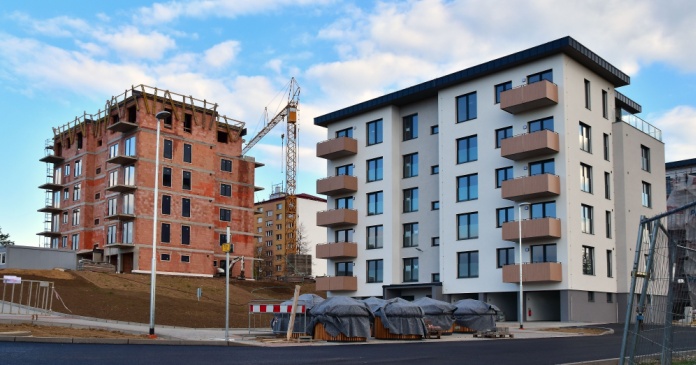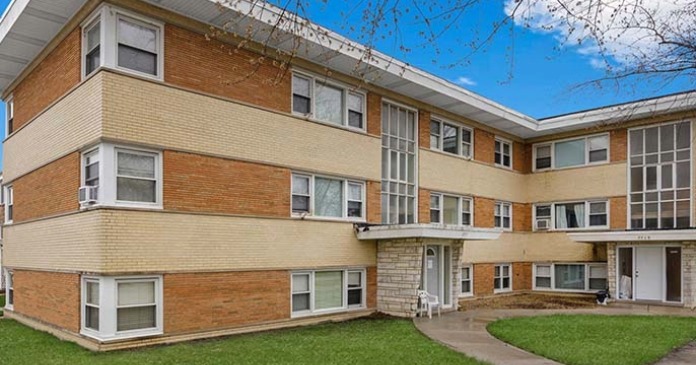Fannie and Freddie’s adoption of alternative data use in credit scoring may expand mortgage access — and eventually thin the renter pool.
In a move that could eventually reshape renter demand, government-sponsored enterprises (GSEs) Fannie Mae and Freddie Mac are preparing to replace classic FICO credit scores with more expansive models that incorporate “alternative data.”FHFA Director Bill Pulte announced the change on a post on X.
The shift, set to roll out over the next few years, is being framed as a way to open mortgage access to historically underserved borrowers. But for multifamily stakeholders, it’s a development worth watching, particularly as it may shift the balance between renting and owning.
The Federal Housing Finance Agency (FHFA), which oversees the GSEs, says the new scoring models — FICO 10T and VantageScore 4.0 — better reflect a borrower’s ability to repay. The shift toward alternative credit scoring models has been gradual.
The FHFA finalized its alternative credit score rule in 2019 and in 2022, approved the use of VantageScore by Fannie Mae and Freddie Mac. Now, in 2025, FHFA has formally authorized lenders to use the latest VantageScore 4.0 and FICO 10T models.
Unlike the classic FICO score that relies on limited traditional data, these models take into account trended payment history, and rent, utility, and phone bill payments.
This move also aligns with political promises from President Donald Trump, who in his 2024 platform emphasized loosening lending restrictions to expand mortgage opportunities for middle- and working-class Americans.
While the initiative to incorporate alternative data began before his current administration and is overseen by the independent FHFA, it fits within a broader, bipartisan effort to modernize credit scoring and address barriers for historically underserved borrowers.
By broadening the criteria to include rent, utility, and phone bill payments, these reforms could help more renters transition to homeownership, ultimately reshaping the balance between renting and buying. On its face, this could open the door to more first-time homebuyers, particularly younger renters or households without a robust credit file.
Multifamily operators have long worked with alternative credit data to assess renter eligibility, especially in affordable housing, where many applicants lack traditional credit histories. But if the same data is used to increase access to homeownership, some of those same renters could become buyers.
That might not impact demand in the near term. With mortgage rates hovering above 6.5 percent and home prices still high, many would-be buyers remain priced out — a dynamic that’s kept demand high for rental units even as new development and transactions have slowed.
However, if rates ease and home prices correct, the expanded credit models could become a tailwind for homeownership and a headwind for renter retention.
“This kind of scoring reform, especially combined with down payment assistance and other first-time buyer programs, could eventually pull some renters off the sidelines,” said one analyst.
For multifamily investors and developers, that may seem like a distant concern. But it’s one more variable to watch as capital markets, policy shifts, and affordability concerns reshape the housing landscape. It also underscores how renter demographics and behavior remain tied to decisions being made outside the multifamily sector.
At a time when operators are already navigating rent regulation, insurance spikes and construction slowdowns, even modest shifts in credit access could affect the long-term demand calculus.













